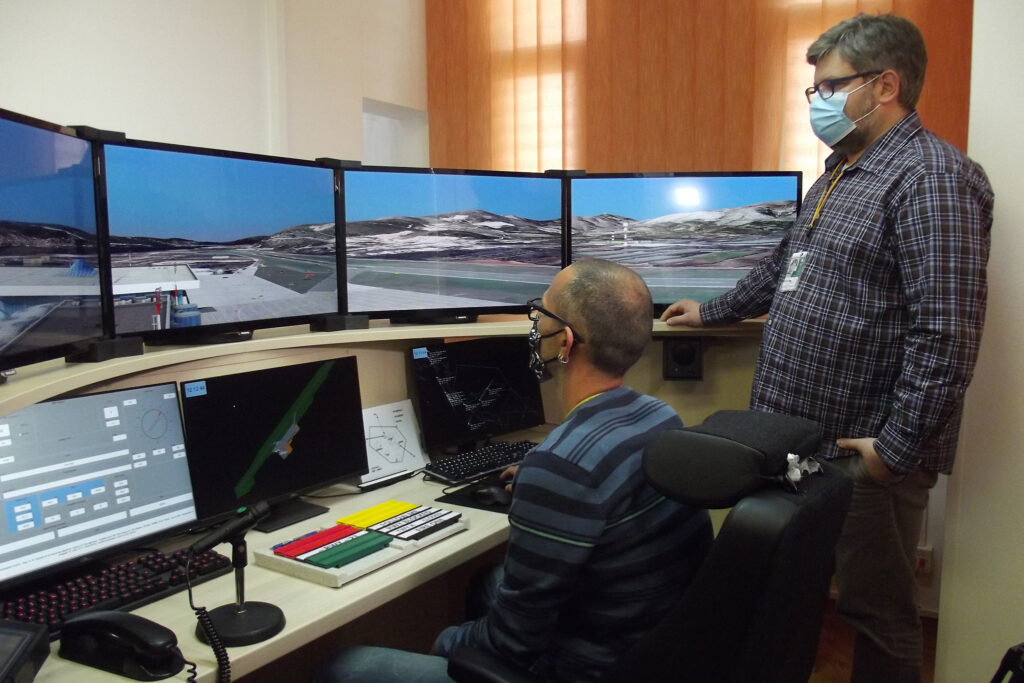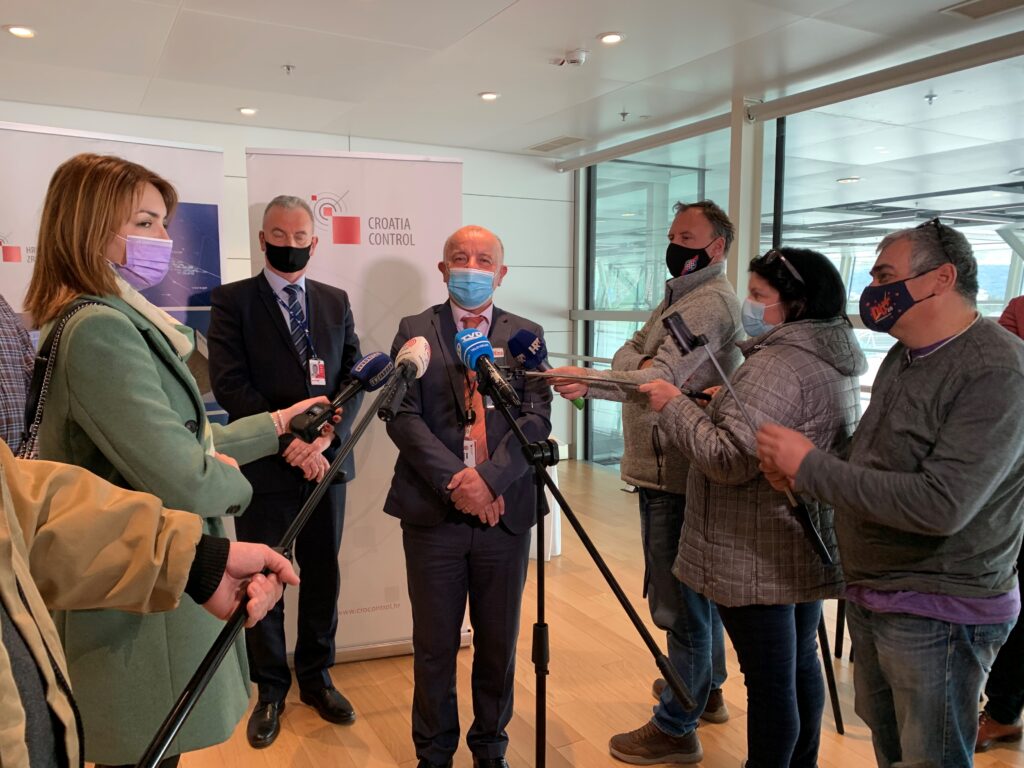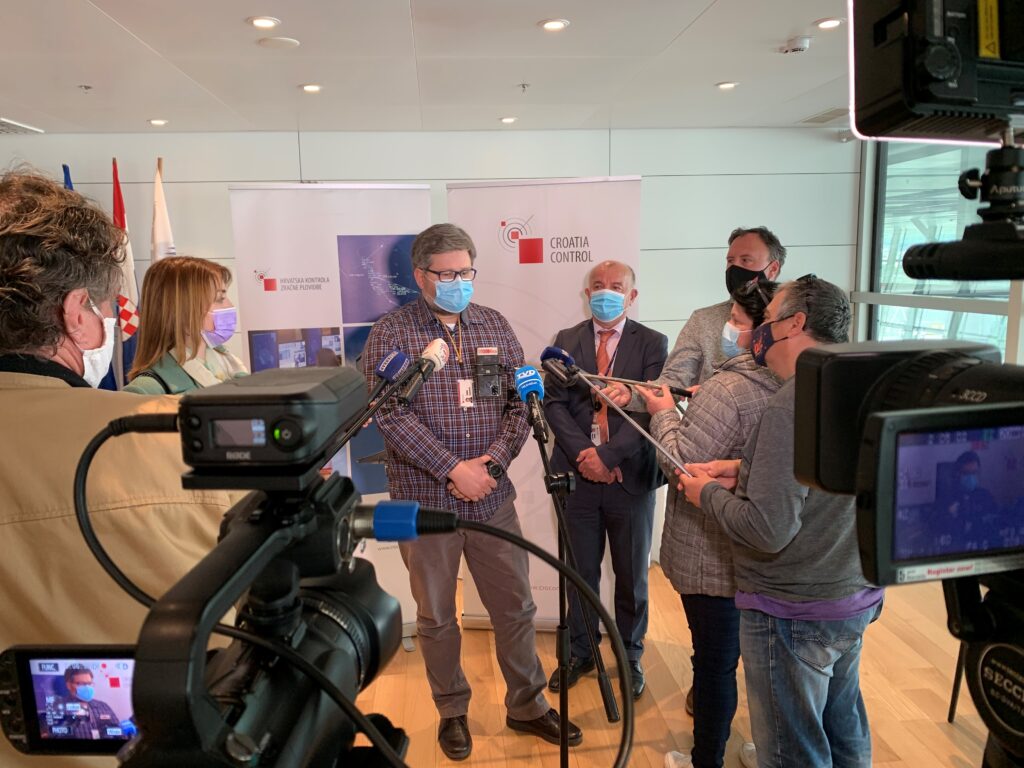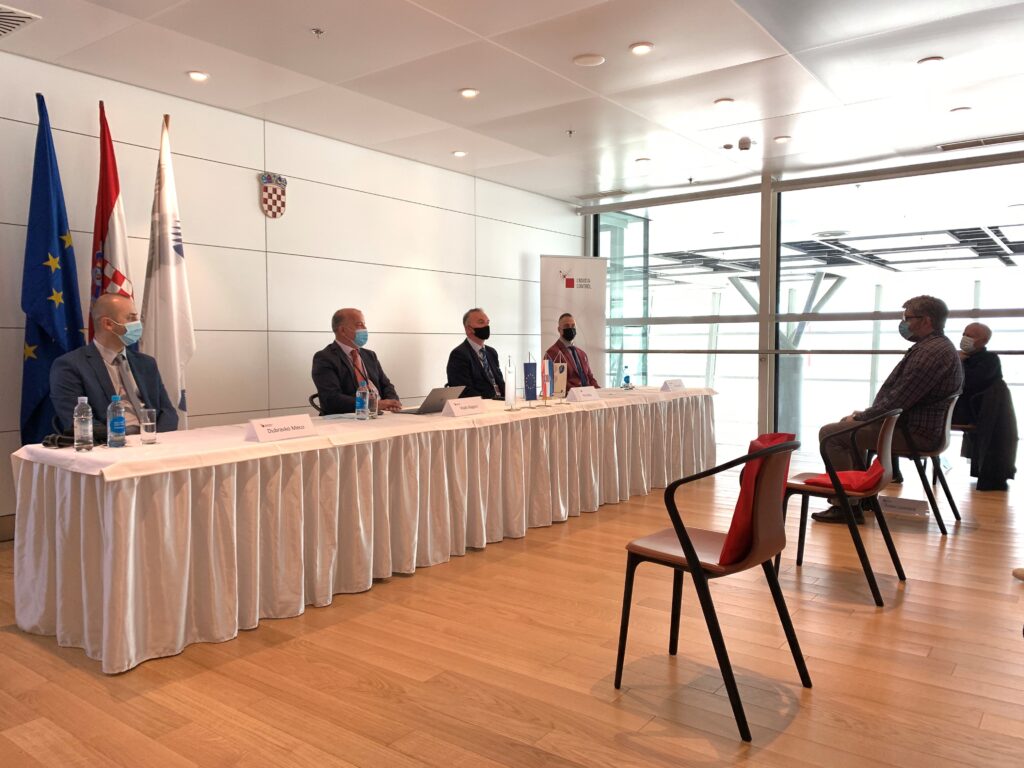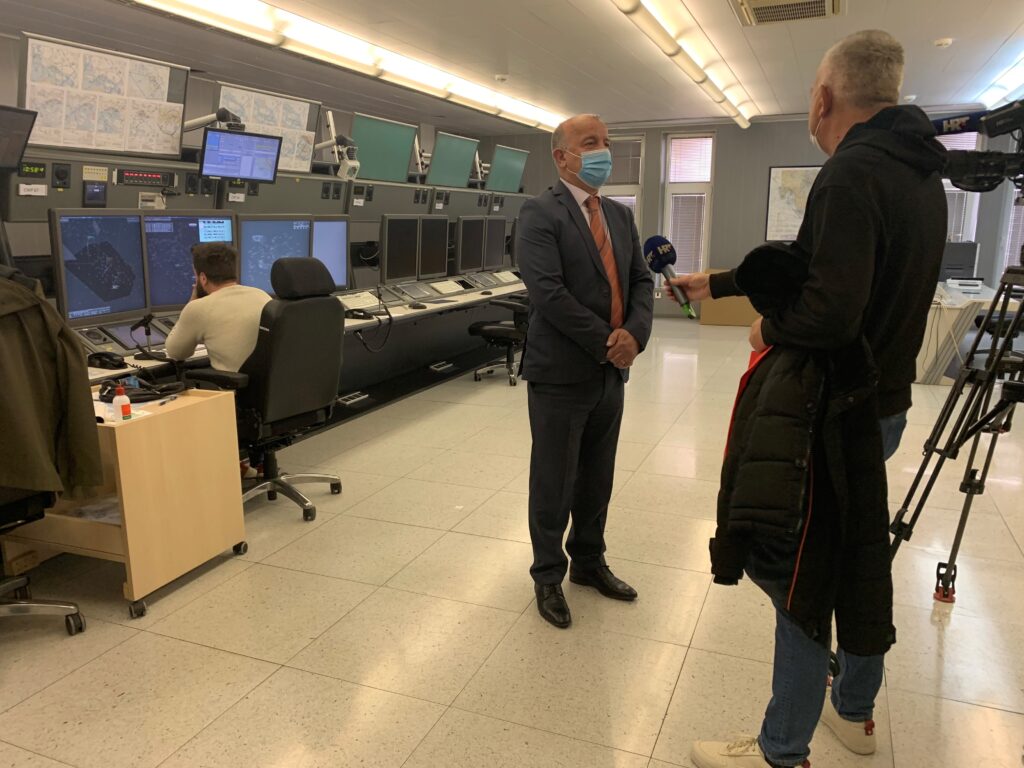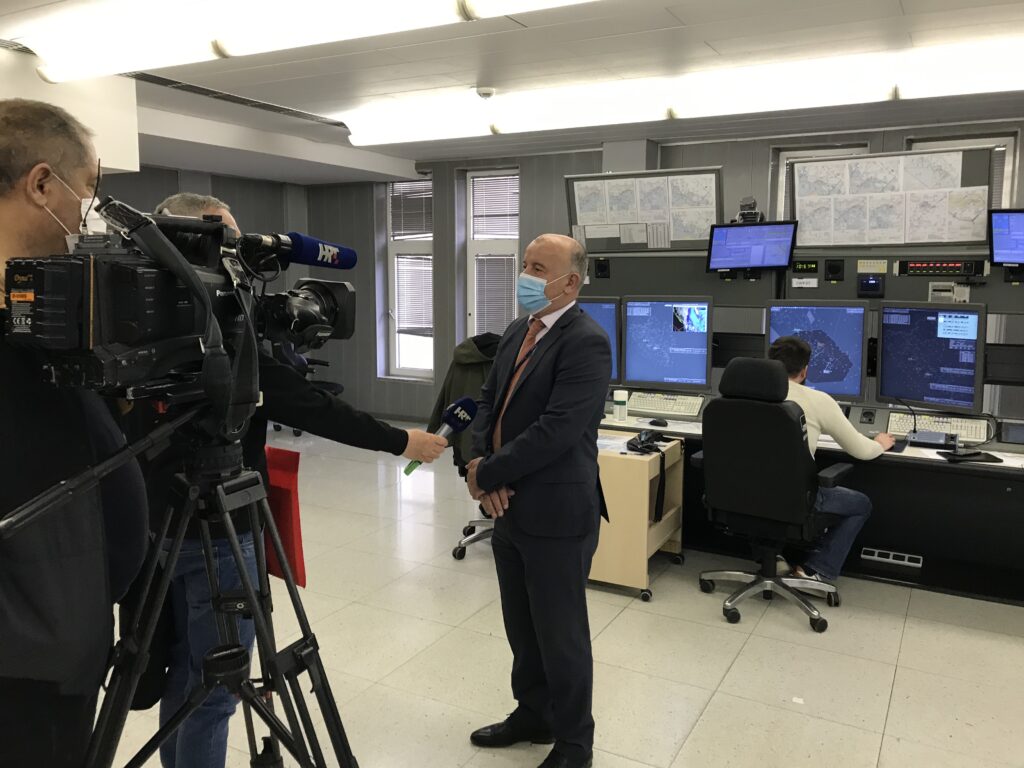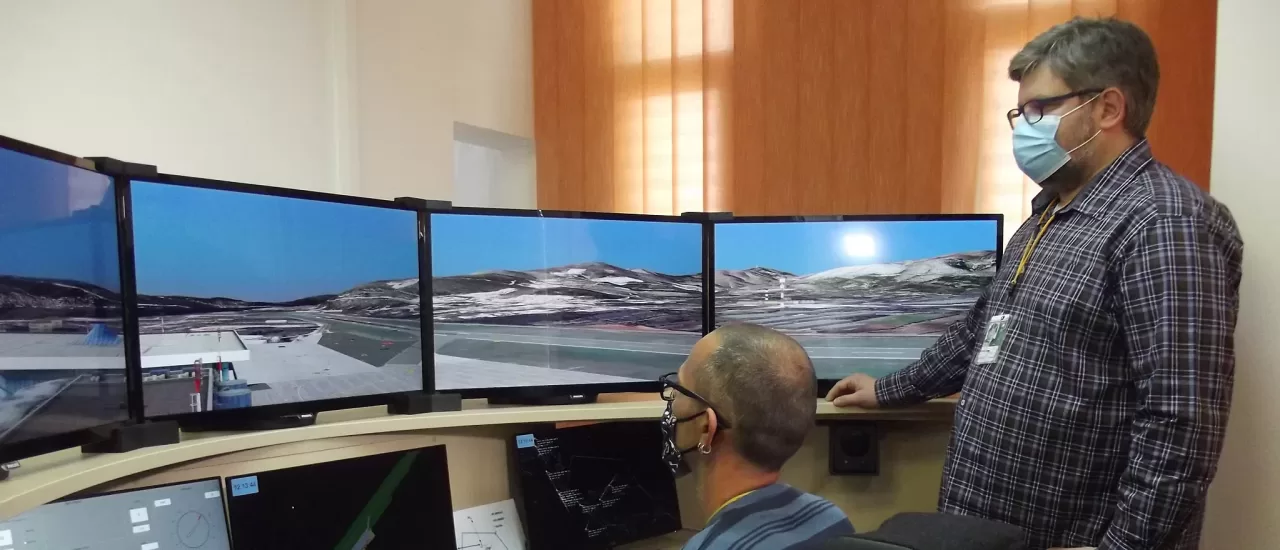Croatia Control’s (CCL) Management presented a new Air Traffic Control Officer (ATCO) Training System and a Tower (TWR) simulator today in Split. The TWR simulator will be used for ATCO training purposes, and its software was developed by the Split-based controllers, and enriched with 80 training exercises developed by air traffic controllers-instructors from all over the country.
“Until June 2020, ATCO training had been conducted all over Europe, and now we do the job entirely by ourselves, thus saving approximately 15 million kunas per year,” said CCL’s Director General Vlado Bagarić, pointing out that CCL would now offer the service on the European market and to the countries of the region.
“The COVID pandemic crisis was an opportunity for us to redirect the controllers’ effort from their usual operational tasks to the training system development,” said CCL’s DG. “Air traffic in 2020 decreased by almost 60%, leaving us at traffic levels recorded 16 years ago,” added Dubravko Meco, Executive Director of CCL’s Air Traffic Management Sector, saying that we could expect the recovery i.e. return to the successful 2019 traffic levels only in 2024 and 2025.
In September last year, said Filip Jurčić, Head of Training Organization, CCL had gotten the certificate for the provision of ACS Rating Training Course, followed by the Aerodrome Control Instrument Rating for Tower having been obtained on February 15 this year, and for which nine candidates had started their training in Split today. He also said that CCL’s aim was to raise the pass rate of 50% recorded so far to 70%, which would be above the European ATCO training organizations’ average.
TWR and Approach Air Traffic Controller and one of the authors of the simulator Željko Lipanović said that he had gotten the idea for the simulator in 2011 with his colleague programmer Filip Barbarić, and since he had been interested in 3D design and developing applications at the time, they had combined their ideas and created a simulator. “That simulator should best be viewed as some sort of a game, because gaming computers are identical to those used by us,” said Lipanović.
One of the consoles reminds of the TWR controller’s working position: the monitor shows the TWR environment, and there are simulated devices, a radar, meteorological data, etc. The training of ATCO candidates lasts for almost two years in total, and simulator training for two months, he said.
Jure Kapetanović, retired ATCO, praised this historical moment for Croatian aviation and said that independent ATCO training in Croatia and creating a TWR simulator indicated of what Croatian know-how was capable.
Pero Bilas, Split Airport Assistant Director, attended the presentation as well and repeated that Split Airport had concluded the previous year with a 70% loss, which he perceived as a dramatic decline, but he also said that the current year was expected to bring the recovery, so they estimated around 1 million passengers for the year. “We expect that uniform and fixed conditions for crossing state borders will be agreed at the EU level, which would be a prerequisite for us to get something out of this tourist season,” said Bilas.
